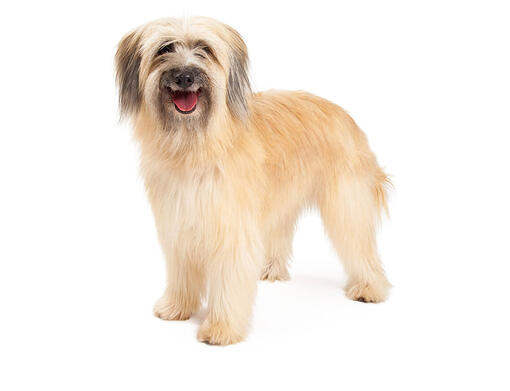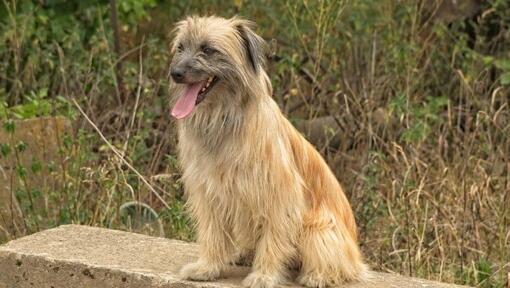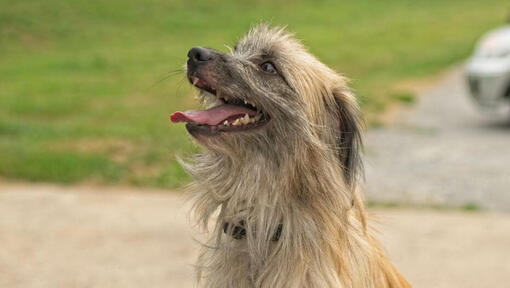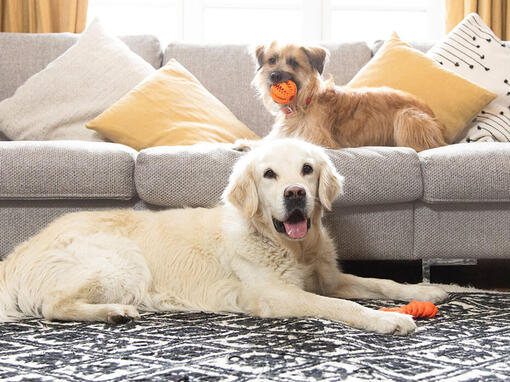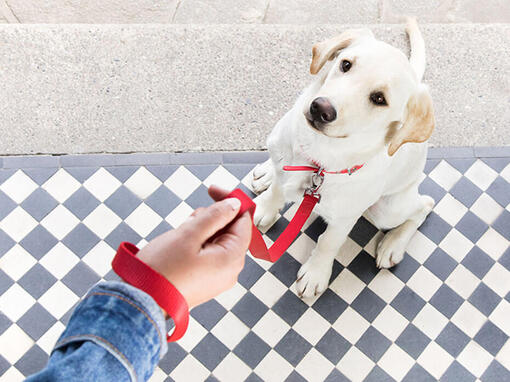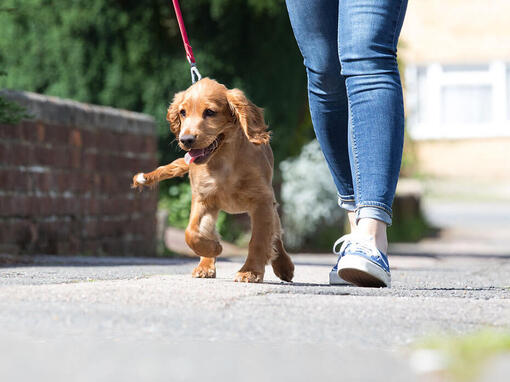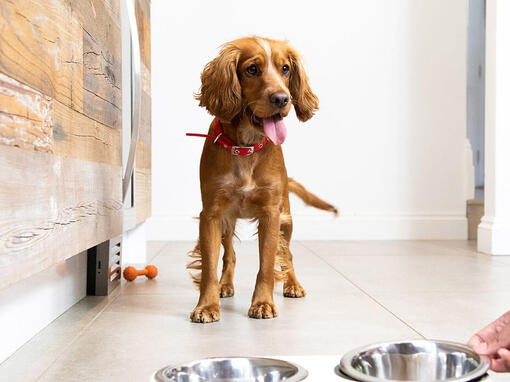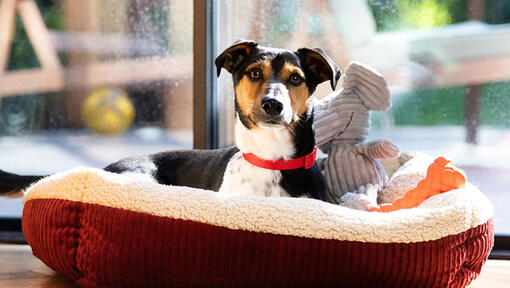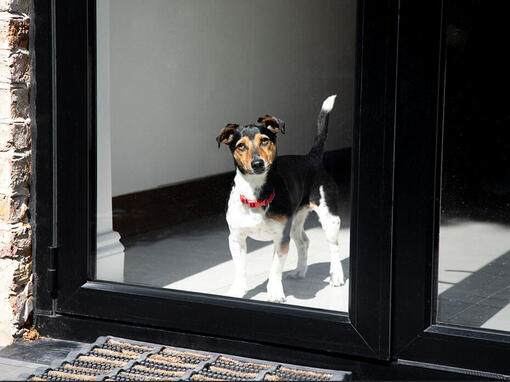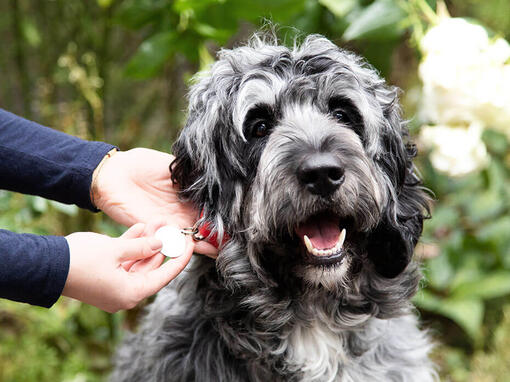- Dog suitable for experienced owners
- Some training required
- Enjoys vigorous walks
- Enjoys walking one to two hours a day
- Medium dog
- Minimum drool
- Requires grooming every other day
- Non hypoallergenic breed
- Very vocal dog
- Guard dog. Barks and alerts
- May require training to live with other pets
- May require training to live with kids
